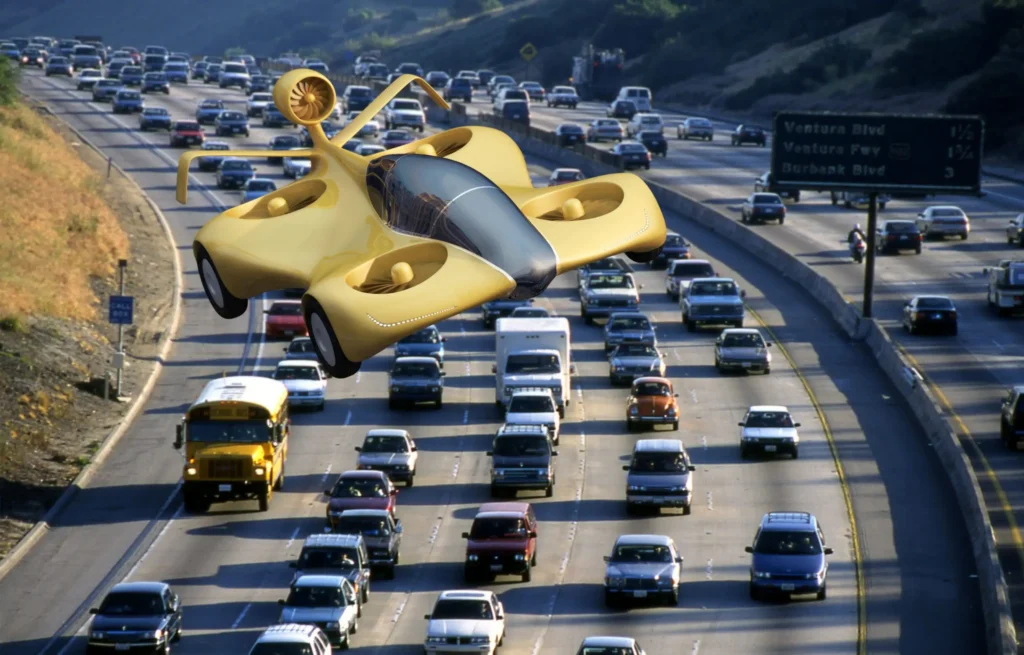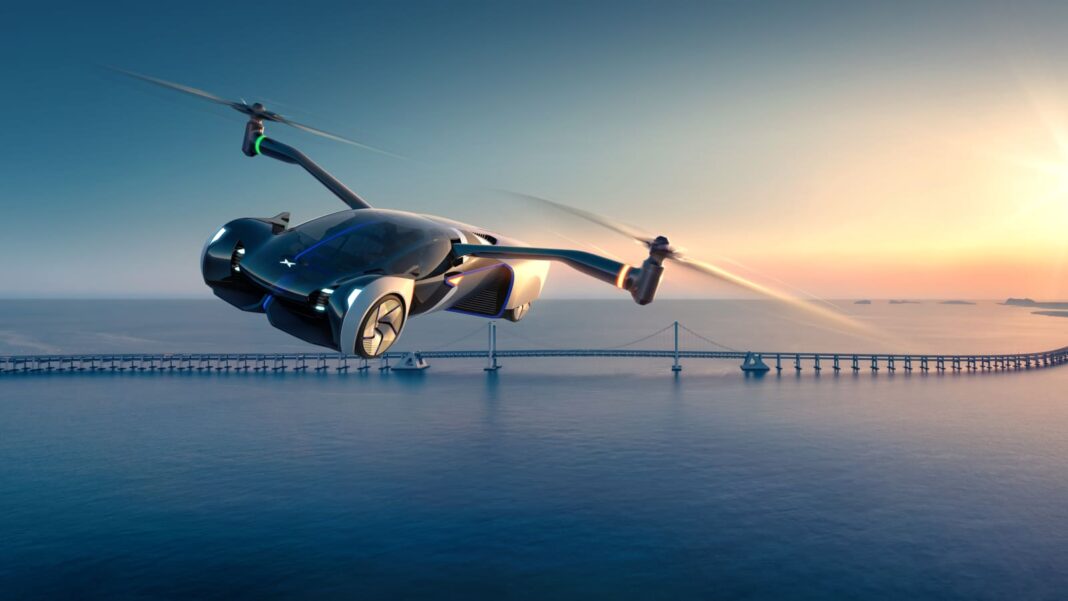Flying cars, which used to be a feature of science fiction movies, could become a reality with the advancement of technology. The idea of flying cars is no longer just a dream but a product that will ultimately change the face of transport.
This new technology, however, comes with its own unique set of advantages and challenges. In the article below, we cast the spotlight on some of the advantages and disadvantages of flying cars.
Solving Traffic Congestion
Perhaps the most exciting prospect of flying cars is their potential to ease traffic congestion. In overcrowded urban centers, flying cars could bypass gridlocked roads by taking to the skies. Imagine soaring above bumper-to-bumper traffic in cities like New York, London, or Accra. Commute times could be dramatically reduced—and excuses like “I was stuck in traffic” might become obsolete.
Increased Mobility and Flexibility
Flying cars could also open up new travel routes. Instead of being confined to roads, users could take more direct aerial paths. This is especially useful in areas with difficult terrain or inadequate infrastructure—such as mountainous regions, flood-prone zones, or rural communities—where building roads is either too expensive or impractical.
Technological Innovation and Job Creation
The development of flying cars promises to drive major advancements in engineering, air traffic management, and materials science. These innovations could lead to the creation of entirely new industries and employment opportunities—from aerospace engineers to specialized air traffic controllers. The demand for support infrastructure such as landing zones, charging stations, and regulation could also stimulate local economies.

THE BAD
Safety Concerns
Safety remains one of the biggest concerns surrounding flying cars. As with any new technology, there will be a learning curve, and early adoption may bring about accidents—whether due to mechanical failures or human error. In densely populated cities, a mid-air collision or crash could have far more devastating consequences than a typical car accident.
High Costs of Development and Maintenance
Flying cars will not come cheap. The cost of research, development, production, and required infrastructure is high. Owning one may be feasible only for the wealthy, at least in the early stages. Additionally, maintenance and training for operators will likely be costly, potentially limiting widespread adoption.
Technical Limitations
Currently, flying car technology is still in its infancy. Most prototypes use electric vertical takeoff and landing (eVTOL) systems, which face challenges related to battery life, range, speed, and payload. While companies like Terrafugia and Joby Aviation are making strides, the vehicles are not yet viable for daily consumer use.

THE UGLY
Air Traffic Chaos
Integrating flying cars into existing airspace presents a logistical nightmare. Airports and air traffic control systems already struggle with current volumes. Adding thousands—or even millions—of airborne vehicles could overwhelm the system. Without a sophisticated traffic control infrastructure, the sky could become even more congested than the roads.
Noise Pollution
Another downside is noise. Flying cars, especially those using vertical takeoff and landing systems, are expected to be noisy. City dwellers already contend with the constant din of ground vehicles—imagine that noise amplified and hovering overhead. Increased noise pollution could affect mental health and reduce overall quality of life.
The Future of Flying Cars
Flying cars are an intriguing glimpse into the future of transportation. While the technology holds enormous promise, it also poses complex challenges. From improving mobility to raising safety concerns, flying cars could reshape how we live, work, and travel.
Will they solve traffic problems and usher in a new era of personal transport? Possibly. But their integration into society must be thoughtful, regulated, and inclusive. Until then, the dream of flying above the traffic remains just that—a dream on the cusp of takeoff.





